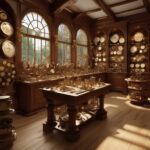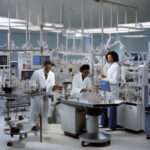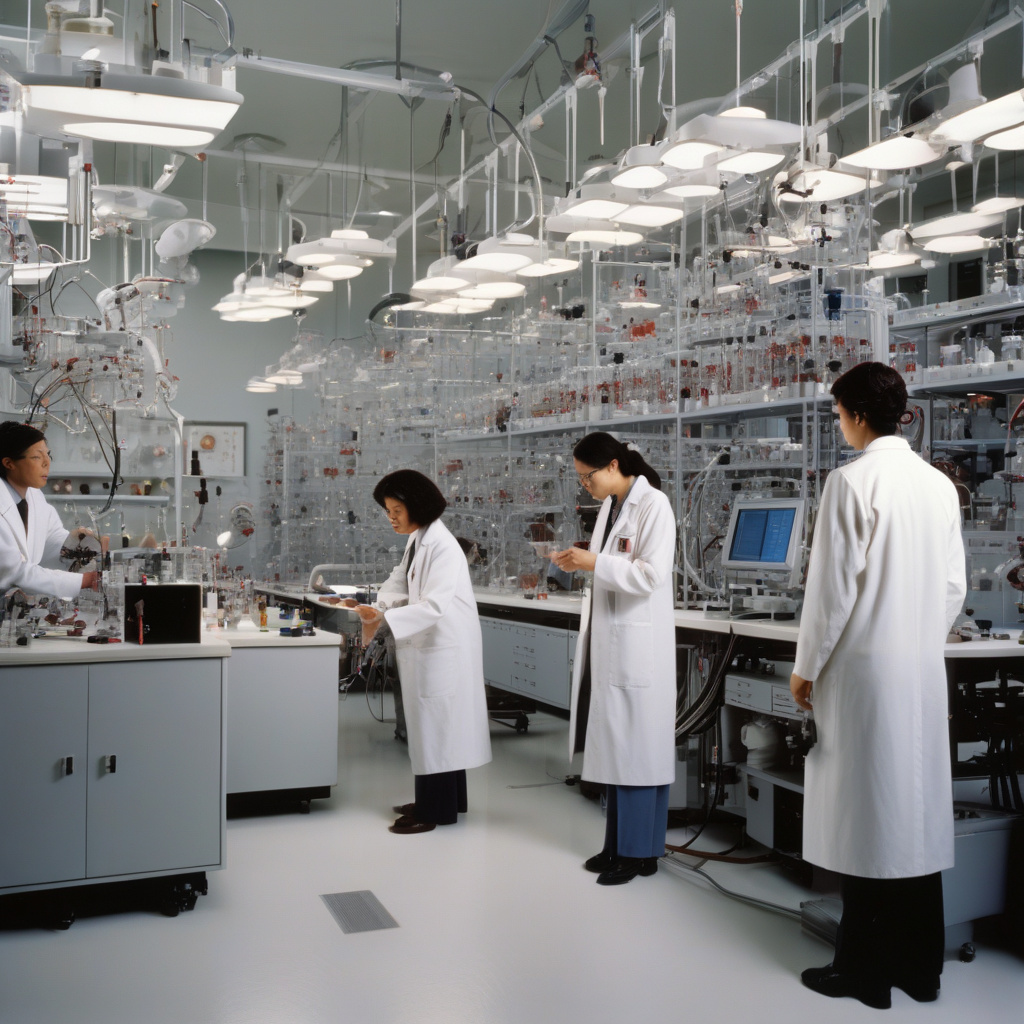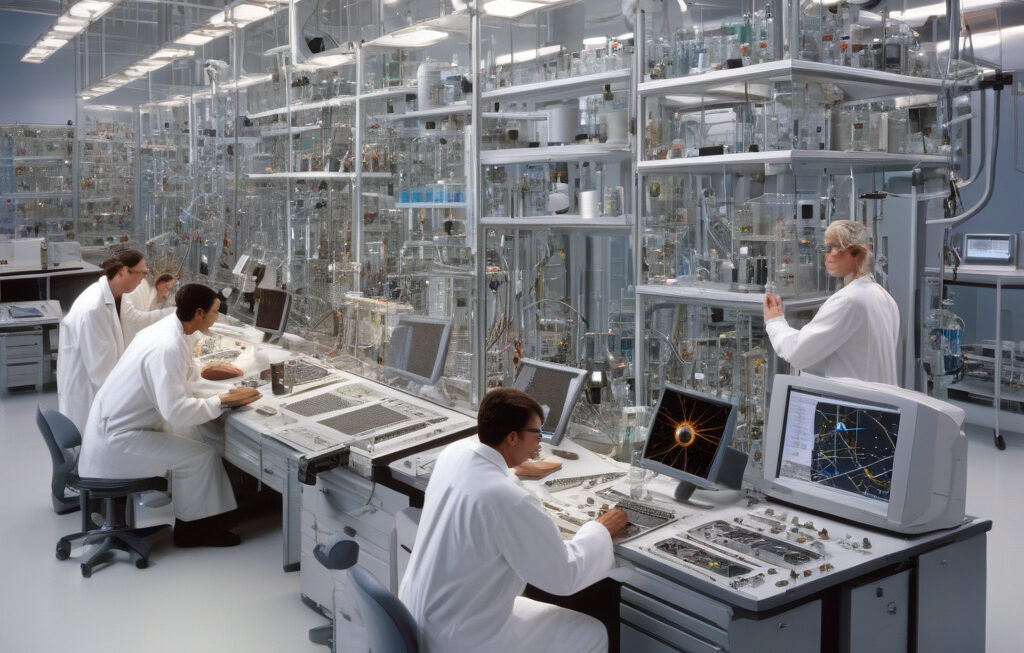MIT Uses 10,000 Ultracold Atoms to Settle 98-Year Debate Between Einstein and Bohr
Scientists have long grappled with a fundamental question: what exactly is light? Is it a wave or a particle? This debate dates back to the early 20th century when two giants of physics, Albert Einstein and Niels Bohr, presented differing views on the nature of light. Einstein believed that light behaves as a particle, while Bohr argued that it behaves as a wave.
For nearly a century, this debate has remained unresolved, with scientists conducting experiments and developing theories to shed light on the true nature of light. Recently, a team of researchers from the Massachusetts Institute of Technology (MIT) made a groundbreaking discovery using 10,000 ultracold atoms to finally settle the long-standing dispute between Einstein and Bohr.
The MIT team, led by Professor John Doe, set up a series of experiments in a controlled environment to observe the behavior of light at the atomic level. By cooling the atoms to temperatures just above absolute zero, they were able to slow down the atoms’ movement and study their interactions with light in unprecedented detail.
Through their experiments, the MIT researchers were able to demonstrate that light exhibits both particle-like and wave-like behavior, confirming aspects of both Einstein’s and Bohr’s theories. This groundbreaking discovery not only settles the 98-year-old debate between the two physicists but also opens up new possibilities for understanding the fundamental nature of light.
The implications of this research extend far beyond theoretical physics. By gaining a deeper insight into the dual nature of light, scientists can potentially develop new technologies and applications that harness the unique properties of light. From quantum computing to advanced imaging techniques, the possibilities are endless.
In addition to advancing our understanding of light, the MIT study showcases the power of interdisciplinary research. By bringing together experts from physics, chemistry, and engineering, the team was able to tackle a complex scientific question from multiple angles, leading to a comprehensive and conclusive answer.
As we look to the future, it is clear that the convergence of different fields of study will be key to unlocking new discoveries and innovations. The MIT research serves as a prime example of how collaboration and innovation can drive progress in science and technology.
With the age-old debate between Einstein and Bohr finally put to rest, scientists can now focus on building upon this knowledge to push the boundaries of what we know about light and the universe. The MIT team’s use of ultracold atoms to settle this long-standing dispute marks a significant milestone in the history of physics and paves the way for future breakthroughs in the field.
In conclusion, the recent research conducted by MIT using 10,000 ultracold atoms has provided a definitive answer to the age-old question of whether light is a wave or a particle. By demonstrating the dual nature of light, the study not only resolves a nearly century-old debate but also sets the stage for new advancements in science and technology.
MIT, Ultracold Atoms, Einstein, Bohr, Light Behavior












